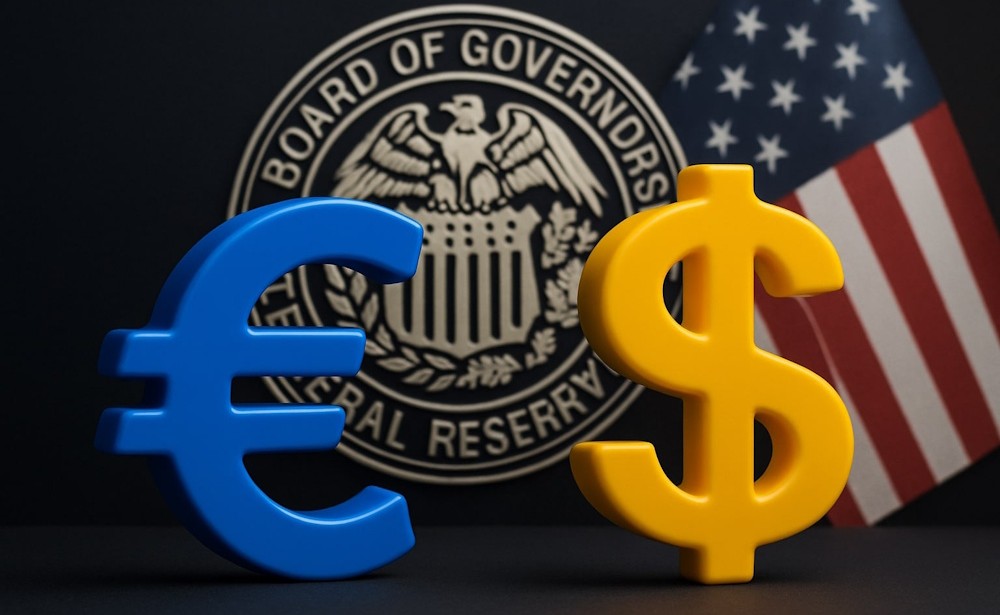The EUR/USD pair experienced a significant drop on Thursday, reaching 1.1590, marking its lowest point in more than a month, as political instability in France coincided with a robust recovery in the U.S. dollar (DXY 99.00, +0.73%). The euro faced challenges maintaining the 1.1600 level due to increased risk aversion, disappointing German economic indicators, and contrasting monetary policy paths between the European Central Bank and the Federal Reserve. Market participants shifted firmly towards the dollar as the U.S. government shutdown reached its ninth day, enhancing safe-haven demand and exerting pressure on euro bulls. The political crisis in France has emerged as a significant destabilizing factor for the euro. In light of Prime Minister Sébastien Lecornu’s temporary resignation, President Emmanuel Macron has requested that he extend his tenure for an additional 48 hours to ensure parliamentary stability and prevent a potential snap election.
However, lacking a parliamentary majority and with debt projections rising to 116.7% of GDP in 2026—up from 113.1% in 2024—France’s fiscal credibility faces increased examination. Analysts cautioned that the likelihood of early elections “has increased significantly,” potentially exacerbating uncertainty without addressing the nation’s structural gridlock. The bond markets reflected this concern: French 10-year yields increased to 3.41%, resulting in a spread over German bunds of 68 basis points, marking the highest level since March. Across the bloc, economic data underscored the euro’s susceptibility. In August, Germany experienced a decline in industrial production of 4.3% month-over-month, accompanied by a 0.5% decrease in exports and a 1.8% drop in imports, indicating a reduction in global demand. The trade surplus increased to €17.2 billion; however, this improvement was driven by a reduction in imports rather than an uptick in exports, highlighting a notable domestic weakness. Given that Eurozone GDP growth stands at a mere 0.1% quarter-on-quarter, there appears to be minimal macroeconomic rationale for pursuing aggressive euro purchases. The ECB minutes released Thursday indicated a lack of urgency to expedite rate cuts, while also highlighting the divisions among policymakers. Several members expressed caution regarding prolonged tightening in light of disinflationary risks.
The U.S. dollar index experienced a significant increase, reaching 99.00, marking its highest level since July. This rise is attributed to traders’ preference for the greenback driven by safe-haven flows and comparatively robust U.S. economic data. John Williams emphasized that the central bank is prepared to bolster the labor market while keeping a close watch on inflation, strengthening the outlook for two additional rate cuts by the end of the year. 10-year U.S. Treasury yields have stabilized at approximately 4.10%, while shorter maturities remain close to 3.95%, thereby maintaining the dollar’s carry advantage. Meanwhile, the U.S. ISM Manufacturing Index registered at 50.2, indicating a slight expansion for the first time in five months. Additionally, consumer confidence remained steady at 104.6, highlighting the resilience of U.S. domestic demand in contrast to the stagnation observed in Europe. From a technical perspective, EUR/USD continues to be firmly positioned within a bearish framework. The pair is currently trading beneath the 20-day moving average (1.1650) and the 50-day average (1.1740), indicating a confirmation of downward momentum. The 14-day Relative Strength Index (RSI) is currently at 41, indicating potential for additional downside before reaching oversold levels. Immediate support is identified at 1.1580, with subsequent levels at 1.1520 and 1.1440. Resistance is observed in the range of 1.1680 to 1.1740. The MACD maintains a downward slope, further supporting bearish momentum. A daily close beneath 1.1570 may initiate a more significant decline towards 1.1500, which would represent the lowest level since early August.
The prevailing macro driver for EUR/USD continues to be the differing policy outlooks. Despite the anticipation of two further rate cuts by the Fed in 2025, projections indicate a robust outlook for U.S. employment and consumption trends. The ECB is confronted with political and fiscal fragmentation. The bloc’s credit growth has reached a standstill, with consumer lending declining by 2.1% year-over-year, indicating a decrease in demand. The ECB’s Transmission Protection Instrument serves as a crucial safeguard against bond-market stress; however, its implementation would highlight the depth of Europe’s internal divisions. MUFG Bank cautioned that “any call for parliamentary elections before year-end will raise downside risk for the euro,” while Scotiabank highlighted renewed fragmentation across Eurozone debt markets as a precursor to further currency volatility.

